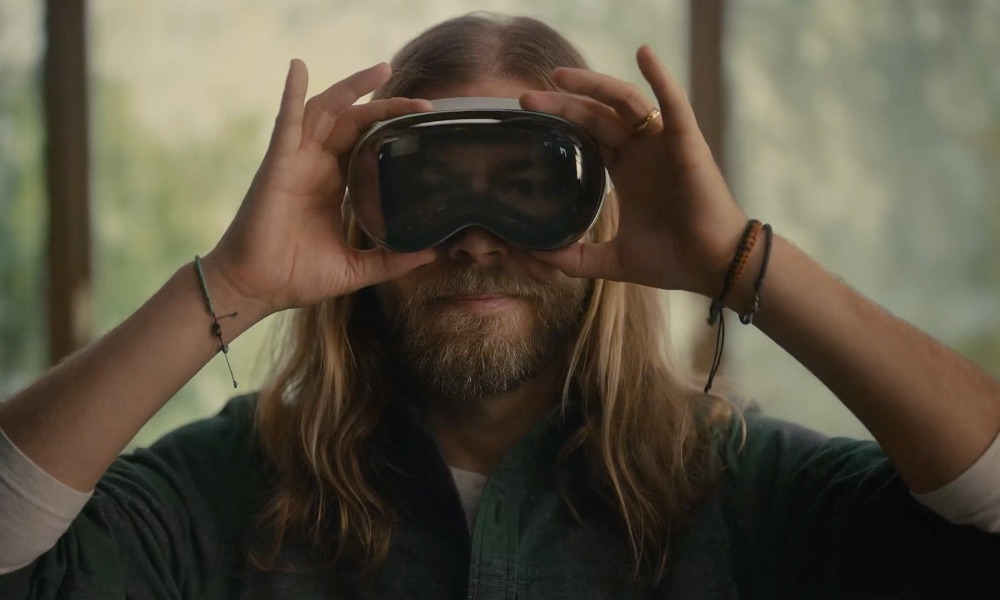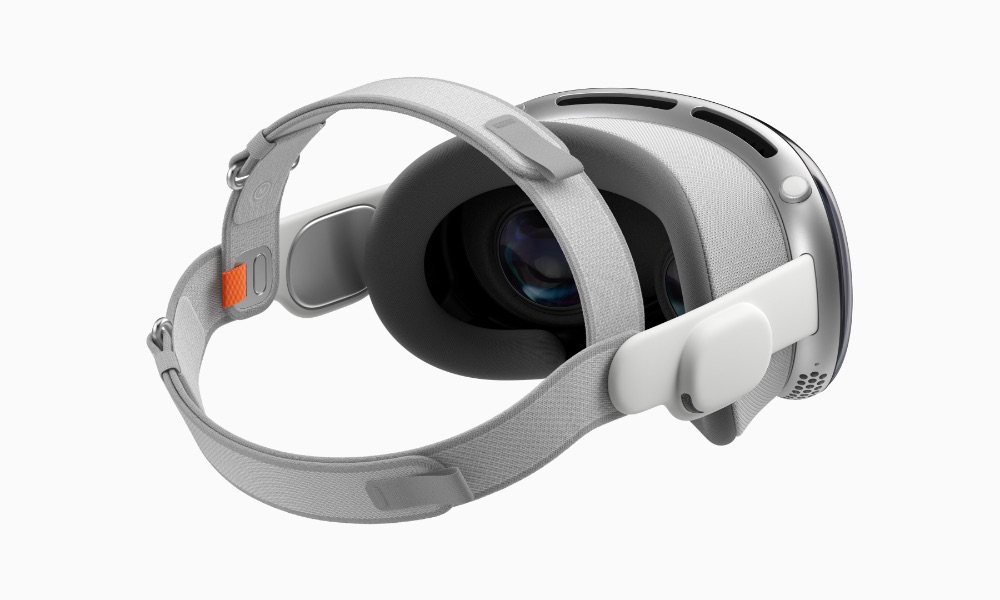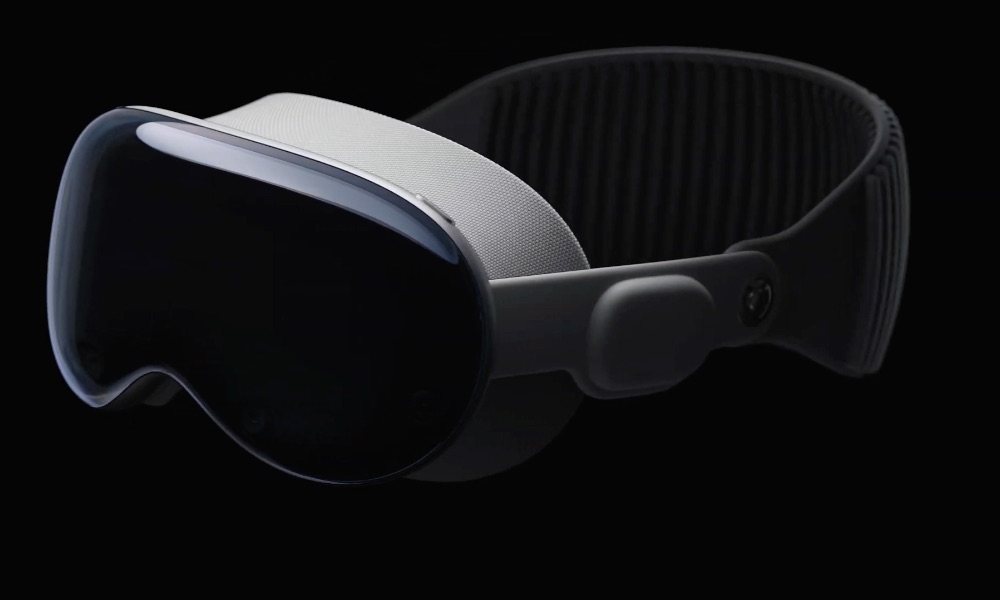Some Apple Vision Pro Owners Are Pressing On Through the Pain

Toggle Dark Mode
As amazing as Apple’s new spatial computing headset is, there’s no disputing that it’s also a behemoth. Weighing over a pound, the Apple Vision Pro may not feel heavy when you first put it on, but multiple reports from reviewers and users alike have said that it’s uncomfortable to wear for long periods.
Apple is reportedly working on ways to make the next version lighter, which could potentially alleviate the discomfort some users are experiencing. For now, it’s clear the Vision Pro isn’t for everyone — even aside from its $3,500 asking price. Depending on which band and light seal you opt for, the headset weighs between 600 and 650 grams. That makes it one of the heaviest mobile devices Apple makes, approaching the 682-gram 12.9 iPad Pro.
Interestingly, the Vision Pro isn’t the heaviest headset on the market — Meta’s Quest Pro weighs 722 grams — but in this case, it’s all about balance. The Vision Pro puts all its weight out front, and there’s only so much the headband and even the extra over-the-head strap can do to compensate for that.
So, it’s not surprising that many folks who returned their Apple Vision Pro cited the headset as uncomfortable, heavy, cumbersome, and even “headache-inducing.” However, it seems not everyone was willing to give up on the Vision Pro experience, and some have kept the headset and continue to use it despite the comfort issues.
According to MarketWatch, some early adopters have reported everything from headaches and neck pain to black eyes from using the headset, yet they still like the new gadget enough to suffer through those “pain points.”
While it may have been well-reviewed, the high-tech wearable comes with an important caveat: Wearing it for extended periods of time — more than an hour or so — risks neck pain, headaches, eye strain and back aches, according to users of the device and Apple literature.Jon Swartz, MarketWatch
One, Emily Olman, told MarketWatch that she ended up with two “superdark black eyes” after her first hour of wearing it. She noted “the fit was just off,” putting too much weight on her cheeks. It took Olman a few days to adjust to the device and “get fully up to speed,” although the report doesn’t say exactly what she did to resolve the problem.
Meanwhile, another early adopter, Ian Beacraft, experienced soreness at the base of his skull and in his upper back after a two-hour session with the Vision Pro. Like Olman, he pointed to a fit issue, although there’s no word on whether he resolved it or simply stopped wearing the headset for extended periods of time.
Wistia CEO Chris Savage, who describes his job as being “an early adopter of technology,” said that the headset wasn’t nearly as comfortable as he expected, but after a couple of days, he was able to find a fit that worked for him. “Initially I felt it on the front of my face,” Savage said, “the band was too tight.”
Still, Savage described it as worth the effort, offering “the best, brightest screen I’ve ever seen.” Others have echoed that sentiment, suggesting that it’s essential to follow Apple’s guidelines and take regular breaks from using the headset, especially when you’re still getting used to the experience.
There’s also a genuine risk of users simply wearing it incorrectly. With about two dozen varieties of Light Seal available, the wrong one can make folks believe they need to over-tighten the strap. Buying a Vision Pro in person at an Apple Store is the best way to ensure you get the right fit, but even if you’ve ordered it online, Apple does allow the light seal, cushion, and straps to be exchanged if necessary.
Nevertheless, the consensus seems to be that the Vision Pro is not ready for the masses. In addition to making it more affordable, Savage says it needs to be smaller and lighter before it’s something that mainstream customers will want to embrace.









